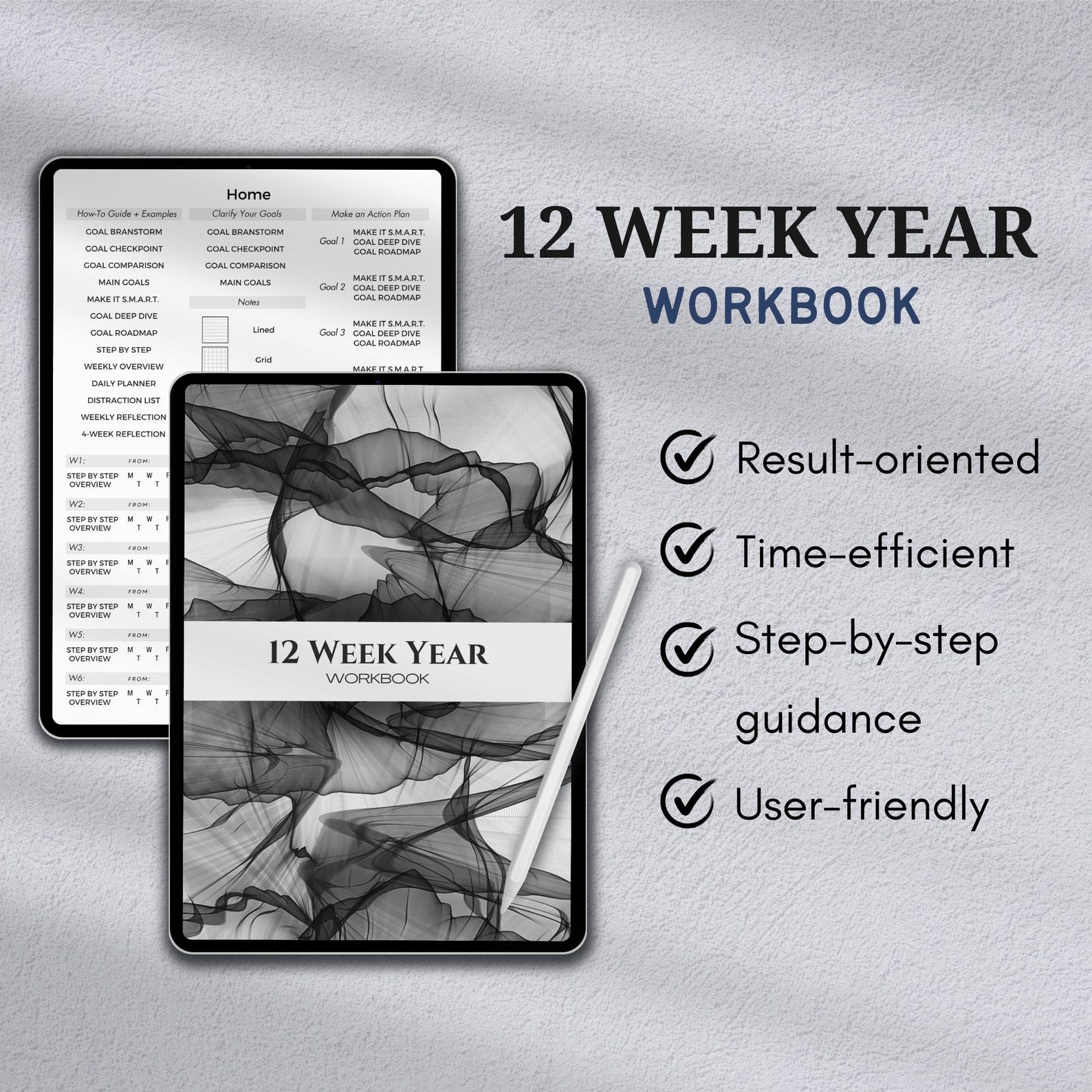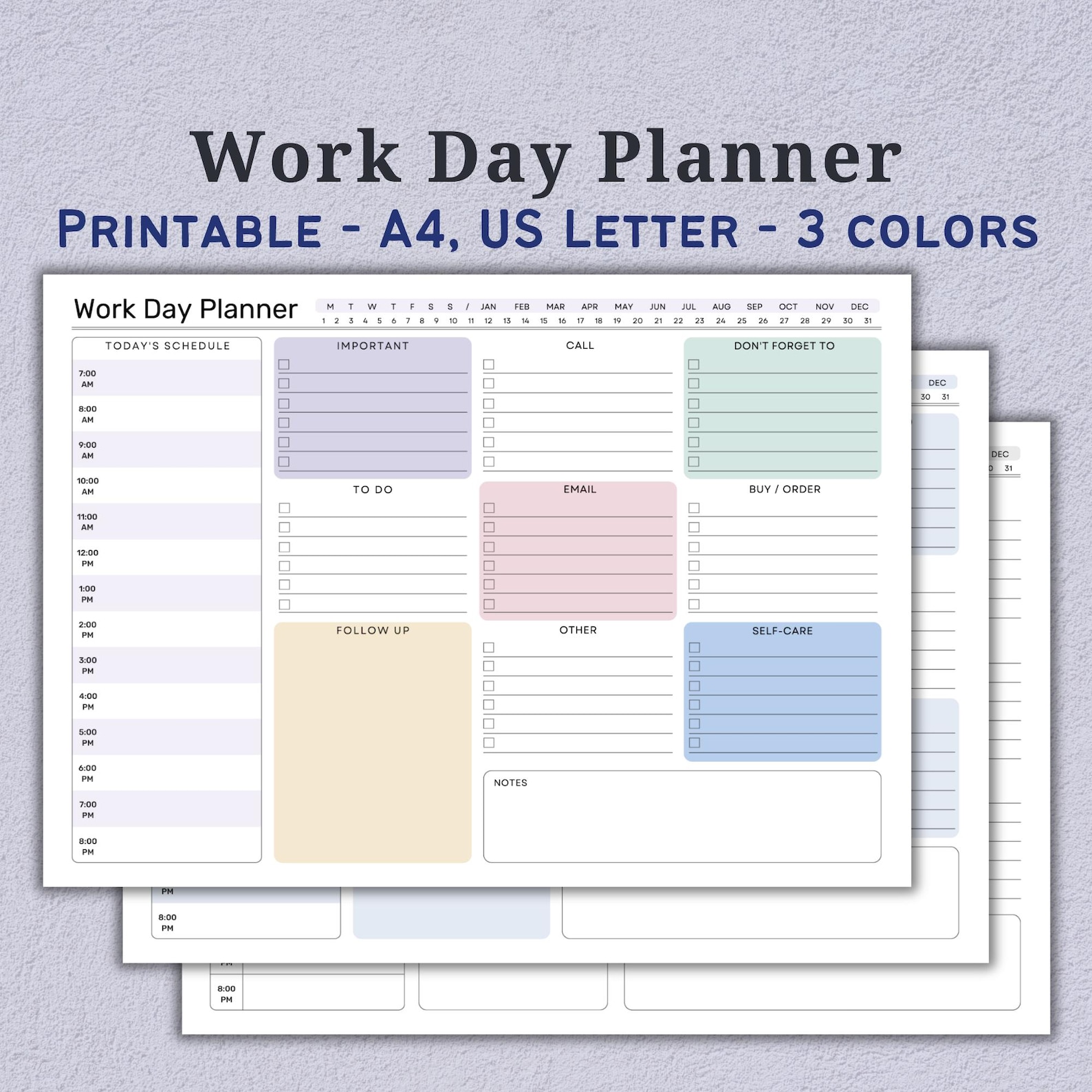Can you believe how quickly the year is moving? It seems like just yesterday we were welcoming the new year with hope, excitement, and a fresh set of goals. Life moves fast, and sometimes, the plans we set get sidelined by unexpected events. But don’t stress—this is just part of the journey.
If you’re feeling a little off-track, there’s still plenty of time to refocus and take meaningful steps toward your goals. With a little planning and a flexible mindset, you can still make 2025 your best year yet. Let’s dive into a practical action plan to get you back on track:
1. Dig into your goals
Pull out that list you made in January (or whenever you set your goals). Now, take a step back and examine each one with fresh eyes:
-
Were these goals realistic from the start, or were they based on pressure, trends, or a version of yourself that’s since evolved?
-
Have your circumstances shifted? A new job, personal responsibilities, financial changes, or unexpected life events can impact your ability to pursue certain goals.
-
Which goals still excite and energize you? Which ones feel aligned with your long-term vision, and which feel outdated or disconnected from your current priorities?
Don’t be afraid to adjust, refine, or even replace some goals. Growth is about adaptability, not rigidly sticking to a plan that no longer fits your life.
2. Focus on what matters most
It’s easy to fall into the trap of setting too many goals—especially when you’re feeling ambitious, motivated, or inspired by a fresh start. But let’s be real: trying to chase everything at once often leads to burnout, frustration, and scattered progress.
Now’s the time to pause and ask yourself:
What really matters right now?
Take an honest inventory of your goals. If you’ve created a long list, that’s okay—but be realistic. Can you genuinely give each goal the time, energy, and attention it deserves? Chances are, something’s got to give—and that’s not failure. That’s focus.
Here’s how to recalibrate:
-
Identify the 2–3 goals that matter most to you in this season. These are the ones that align closely with your core values, personal growth, or long-term vision.
-
Let go of the rest—or put them on pause. Not forever, just for now. Some goals may be worth revisiting in a few months when your bandwidth shifts.
Think of your time and energy like currency. Spend it on what brings the highest return—not just in results, but in fulfillment.
It’s also completely normal for your priorities to evolve throughout the year. Life throws curveballs—unexpected opportunities, responsibilities, or changes that shift your focus. Rather than resist the shift, embrace it. Adjusting your goals doesn’t mean you’re quitting. It means you’re choosing wisely.
3. Map Out Your Path
Once you’ve clarified your top priorities, it’s time to translate vision into action. A goal without a plan is just a wish. To make your goals truly achievable, you need a clear, realistic roadmap to guide you through the rest of the year.
Start by asking yourself:
-
What exactly do I want to accomplish by December?
-
What steps are required to get there?
-
How can I break this down into manageable pieces?
Break your goal down into milestones—key checkpoints that help you track progress and stay motivated. Think of these as mini-goals or phases that, when completed, move you significantly closer to the finish line.
Set clear deadlines for each milestone and outline the tasks required to reach them. Put these into a digital calendar, a planner, or a goal-tracking app. When you can see your path, you’re far more likely to stay on it.
Things won’t always go according to plan—and that’s okay. If you fall behind or hit a roadblock, don’t abandon the goal altogether. Simply shift your timeline and rework your next steps.
The key isn’t to be perfect—it’s to keep going. Adaptability and persistence will carry you farther than rigid perfectionism ever could.
So give yourself structure, but not pressure. Create a timeline that’s both ambitious and achievable, and let it evolve with you. The goal is progress, not punishment.
Learn How to Set Goals: Step-By-Step Guide + Examples
4. Let go of perfectionism
Embrace imperfection and recognize that progress is more important than perfection. It's completely okay if things don't go exactly as planned—life rarely follows a straight path, and that’s part of the journey.
Striving for flawless results can actually hold you back, creating unnecessary pressure and procrastination. Instead, focus on making consistent strides, knowing that small steps forward are still steps in the right direction. Every bit of progress, no matter how small, gets you closer to your goals, and that's what truly matters.
For example, if you're writing a book, don't worry about making every chapter flawless from the start. Focus on getting your ideas down first, even if they're rough. You can always edit and refine later. The important thing is to keep writing—every word brings you closer to completing your goal.
5. Stay motivated
There are countless ways to track your progress, whether through a planner, a goal-setting app, or even a simple checklist. The key is to find a tracking system that works best for you and aligns with how you stay organized.
When you can visually see your progress, whether it’s checking off tasks or watching milestones pass, it creates a sense of accomplishment that propels you forward.
This visible momentum serves as a constant reminder that you’re moving in the right direction and can be a powerful motivator to keep pushing, even on tough days.
If you’re looking for a structured, guided roadmap to achieve your goals in just 12 weeks, our tried-and-true 12 Week Year Goal Planner is for you. Born from our own hands-on journey in goal setting and achievement, this planner has helped us reach our goals, and we believe it can do the same for you.
6. Dedicate time
Block out specific time slots in your calendar to focus solely on your goals, and treat these moments as non-negotiable appointments. Whether it’s an hour every morning or a couple of evenings each week, consistently showing up for these sessions builds momentum and progress. Respect these appointments as you would any professional commitment—avoid distractions and prioritize your goals during this time.
For example, if your goal is to learn a new language, set aside 30 minutes each day for focused practice. This regular commitment will lead to steady improvement, and you’ll notice progress over time.
7. Revisit your goals often
Make it a habit to check in on your goals regularly. This consistent reflection allows you to assess your progress, make adjustments where necessary, and celebrate the small wins along the way. By revisiting your goals, you ensure you stay on track and can pivot if life changes direction. It also helps keep your momentum strong, as you’re reminded of your purpose and the progress you’ve made.
8. Life throws curveballs, that's a fact
Let’s face it: life doesn’t follow a script. No matter how carefully we plan, unexpected challenges are bound to pop up—illness, burnout, job stress, family emergencies, financial surprises, or just plain old exhaustion. It’s not a matter of if, but when.
And when these moments arrive, it’s easy to feel like all your progress is slipping through your fingers. But here’s the truth:
Setbacks don’t erase your effort—they simply reroute your path.
Instead of letting disruptions derail your entire journey, approach them with flexibility and self-compassion:
-
Pause and reassess. What part of your plan no longer works? What can you do right now, given your current situation?
-
Adjust your pace—not your purpose. Maybe you need to extend your timeline, scale down a goal, or shift your focus temporarily. That’s not quitting—that’s adapting.
-
Accept the detour. Sometimes the unexpected leads you to something better: deeper resilience, renewed clarity, or a healthier perspective.
Progress isn’t always linear. It zigs, it zags, and sometimes it stands still. That doesn’t mean you’ve failed—it means you’re human.
Give yourself permission to be flexible. Taking a step back doesn’t mean you’re giving up. It means you’re being wise with your energy, honoring your current reality, and choosing to keep going—even if the route looks different than you imagined.
9. Start today
Don't wait for the "perfect" time to start—it may never come. Today is the ideal day to take action, no matter how small that first step may seem. Whether it's writing a paragraph of that book, researching a new project, or setting your first milestone, taking action creates momentum that propels you forward.
The sooner you begin, the closer you are to your goal, and each step, no matter how small, brings you closer to success. Remember, every journey starts with a single step, and that first move is often the hardest but most rewarding one.
For example, if you’ve been wanting to get fit, don’t wait until next Monday or the start of a new month. Put on your workout clothes today and take a short walk or do a quick workout. That first step is all it takes to build momentum toward your fitness goals.
By reassessing your goals, prioritizing what’s most important, and staying flexible, you can still achieve everything you’ve set out to do. So, take a deep breath, trust the process, and commit to making the rest of this year a powerful journey toward your dreams. You've got this – the next chapter starts now!

.png)
.png)
.png)



.png)
.png)

.png)







.png)



0 Comments